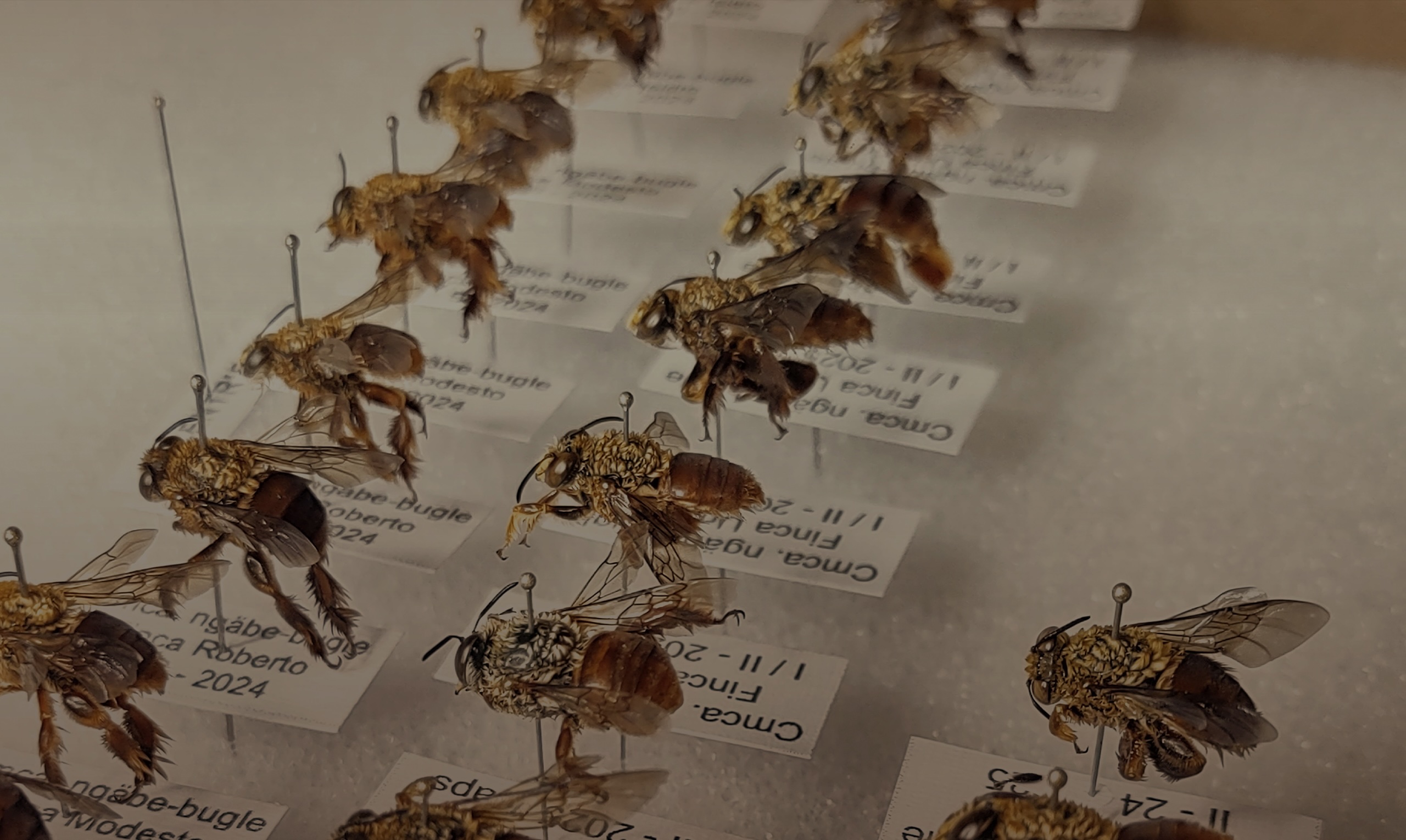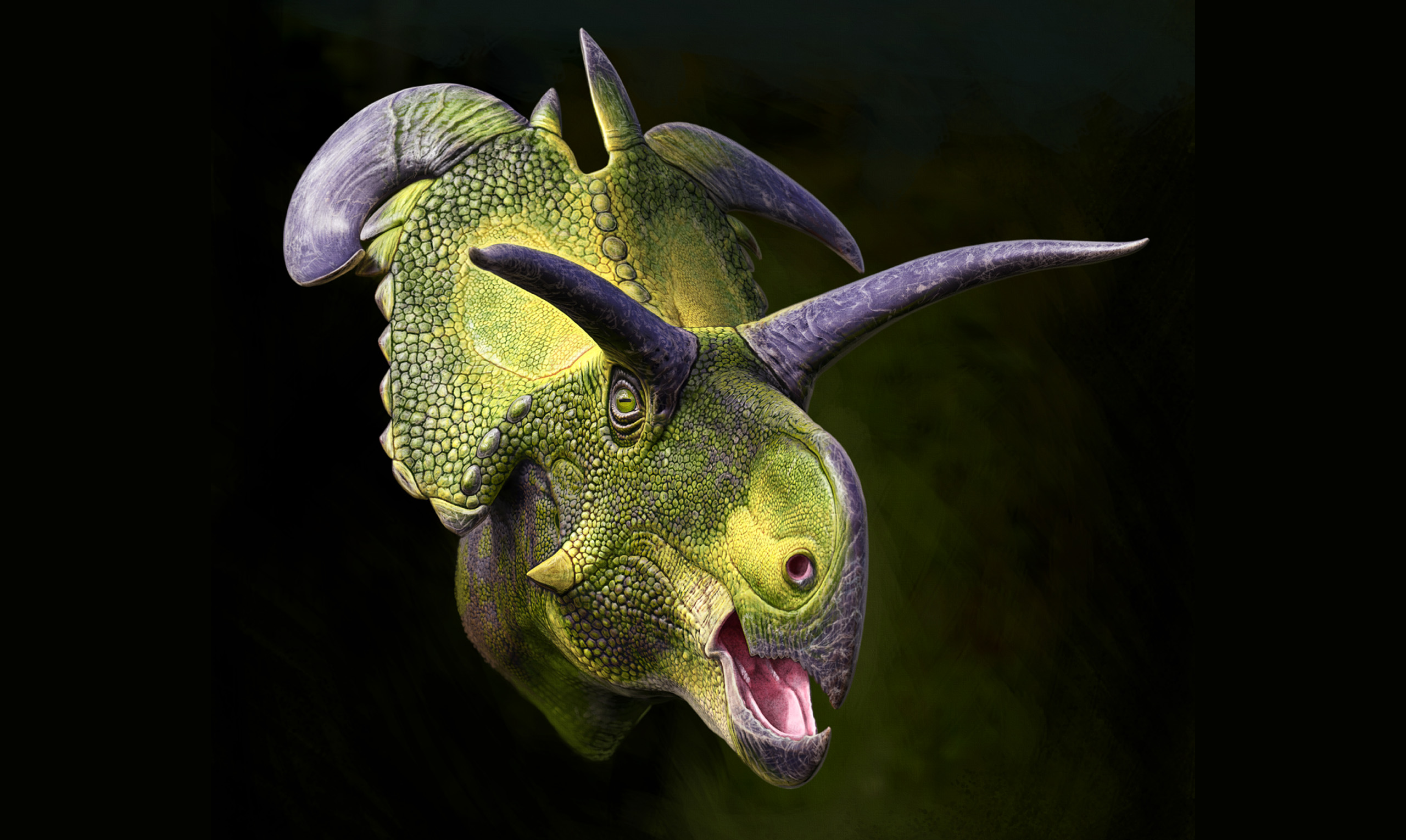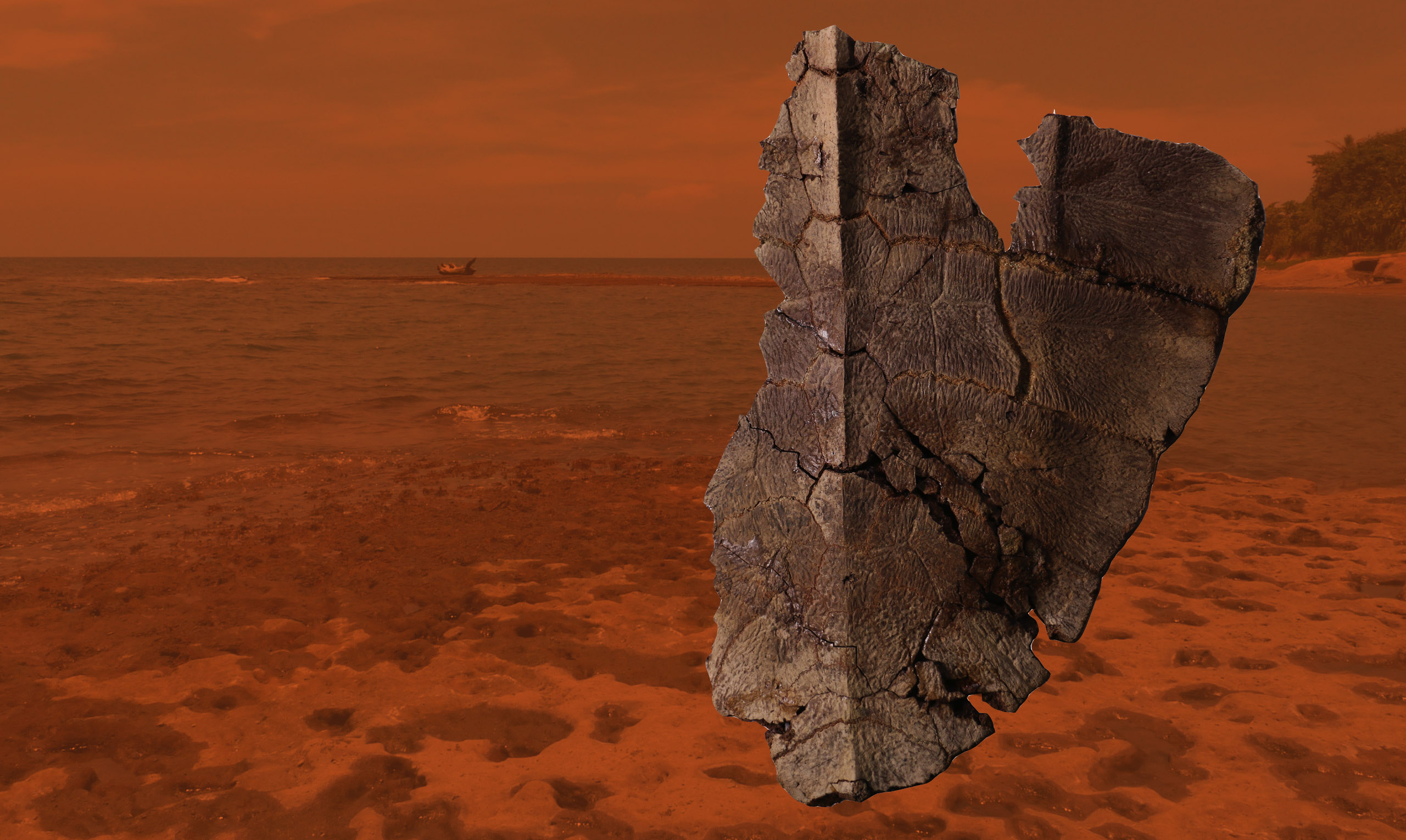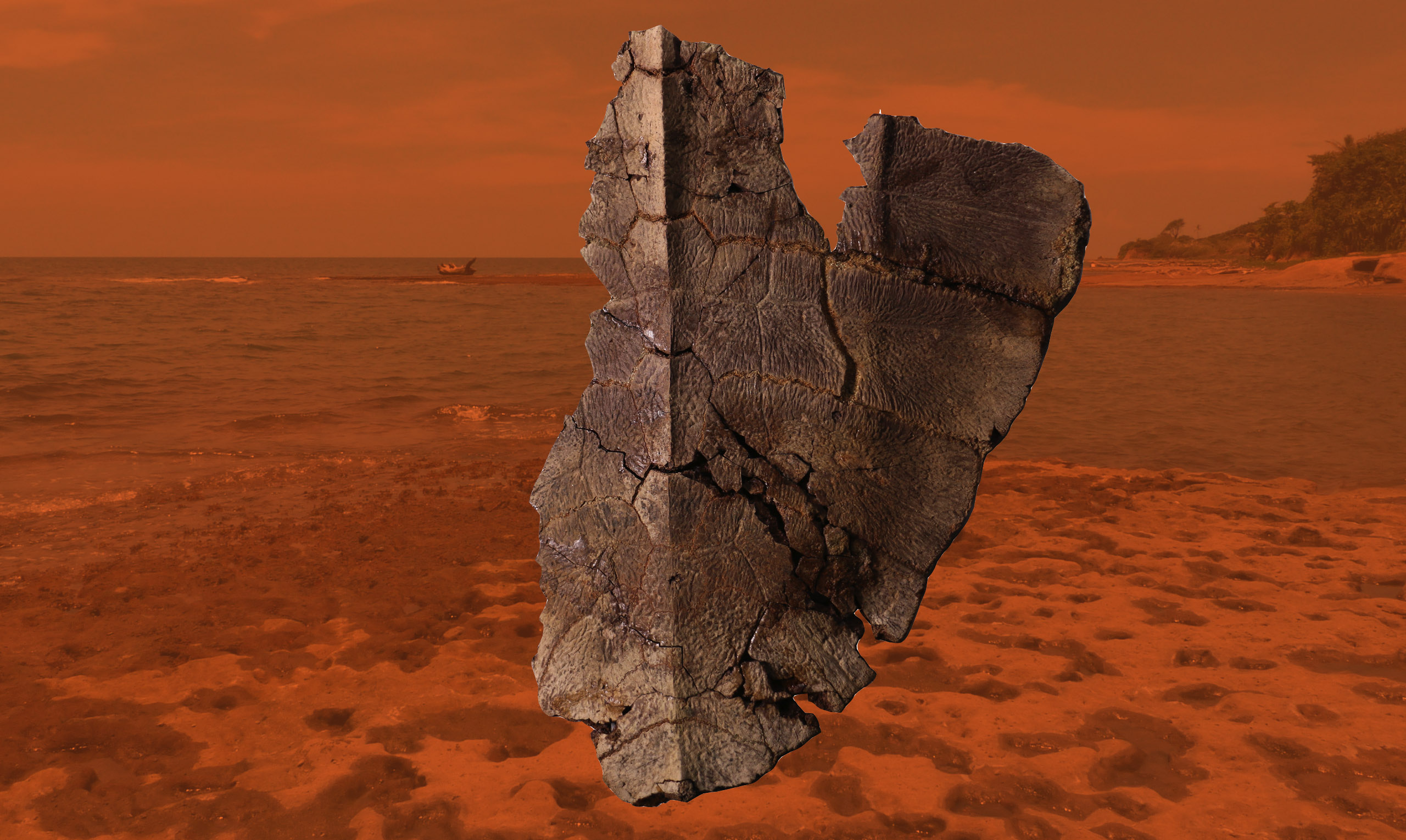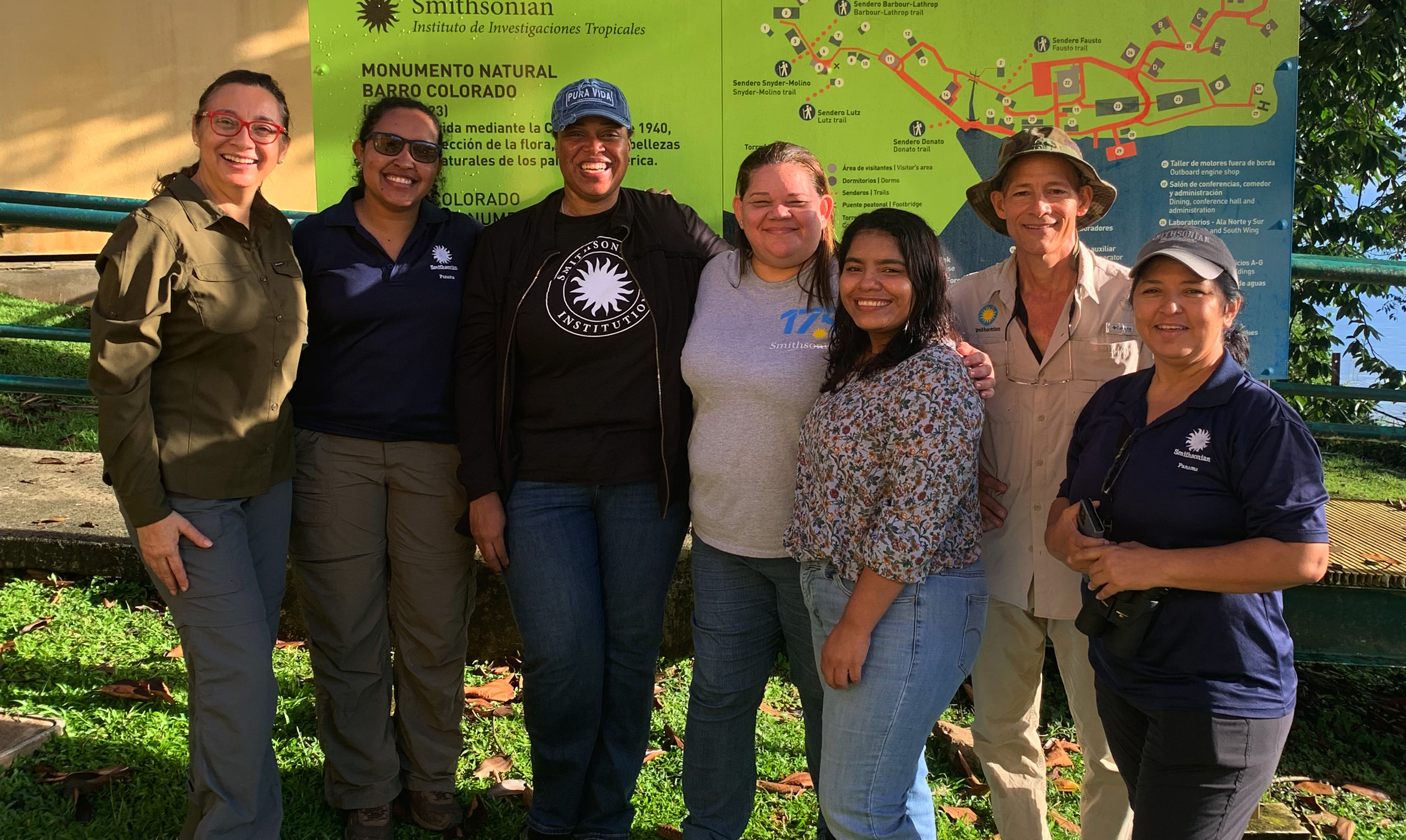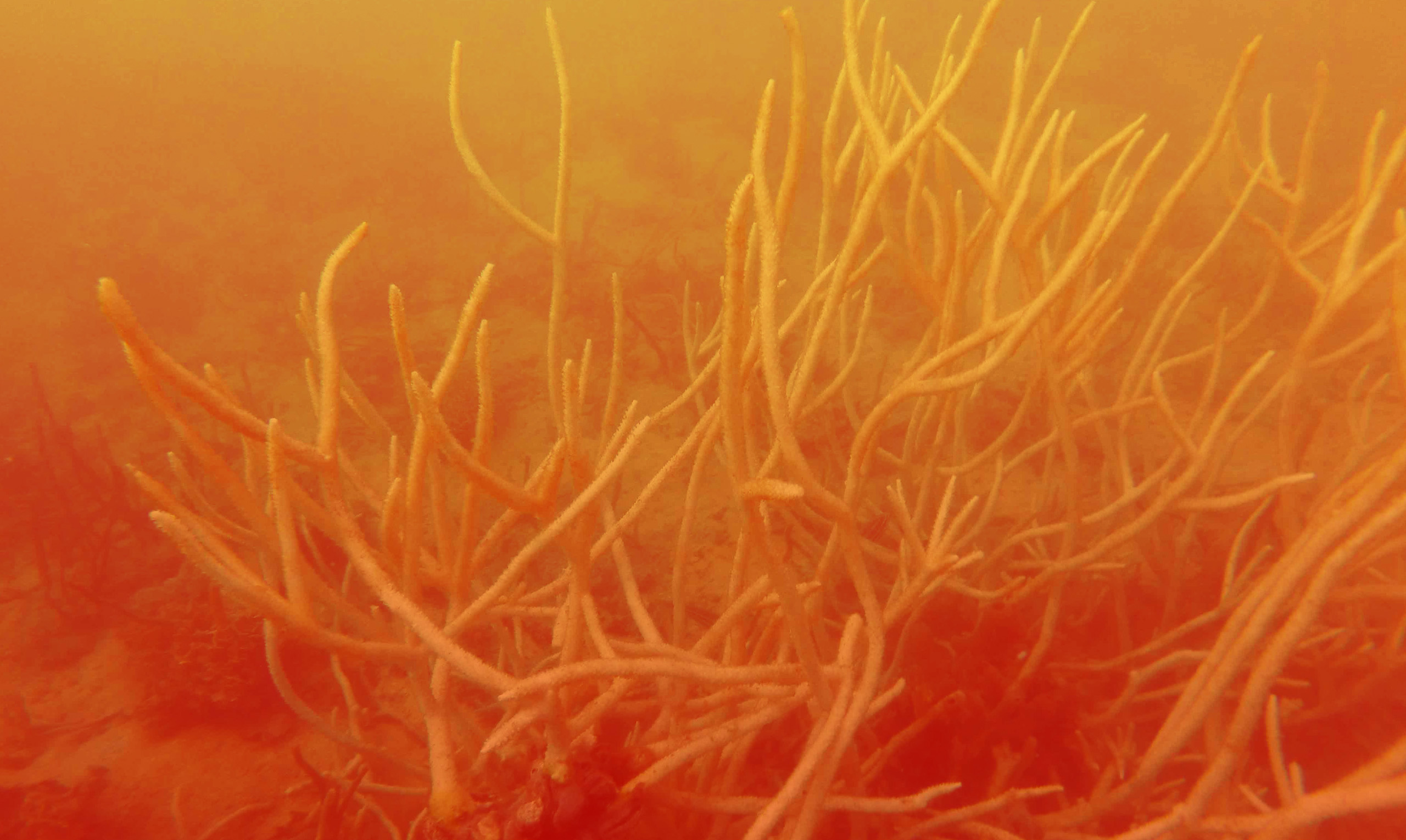Prehistoric Reefs
Human fishing reshaped Caribbean
reef food webs, 7000-year old
exposed fossilized reefs reveal
A groundbreaking study of 7000-year-old exposed coral reef fossils reveals how human fishing has transformed Caribbean reef food webs: as sharks declined by 75% and fish preferred by humans became smaller, prey fish species flourished —doubling in numbers and growing larger. This unprecedented look into prehistoric reef communities shows how the loss of top predators cascaded through the entire food web, shifting the balance amongst coral reefs.
Story location
By: Rosannette Quesada-Hidalgo
Marine Biology Historical Ecology Fisheries and Marine Conservation Biodiversity Life in Deep Time Bocas del Toro Bocas Del Toro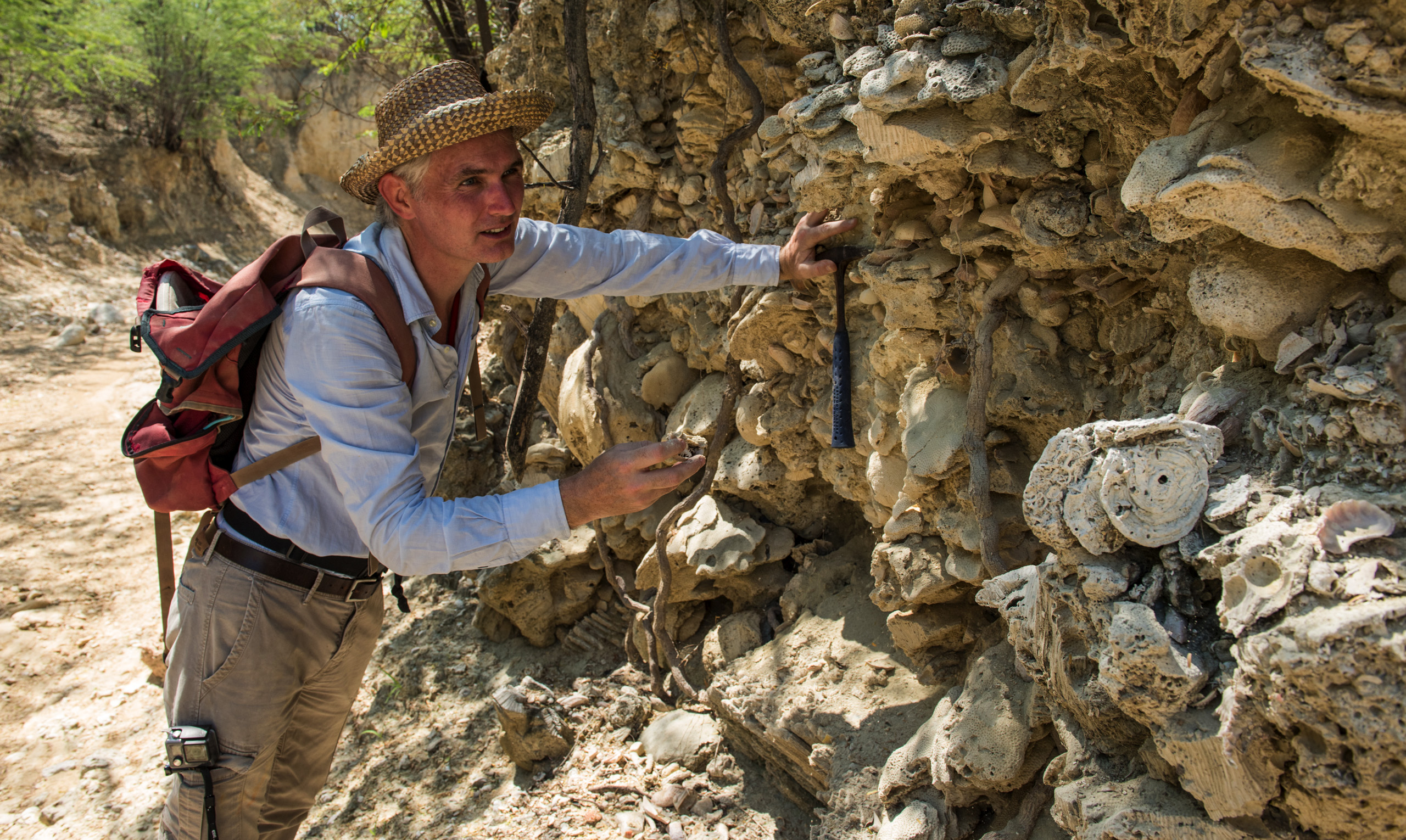 red
Aaron O'Dea
red
Aaron O'DeaPrehistoric
Reefs

